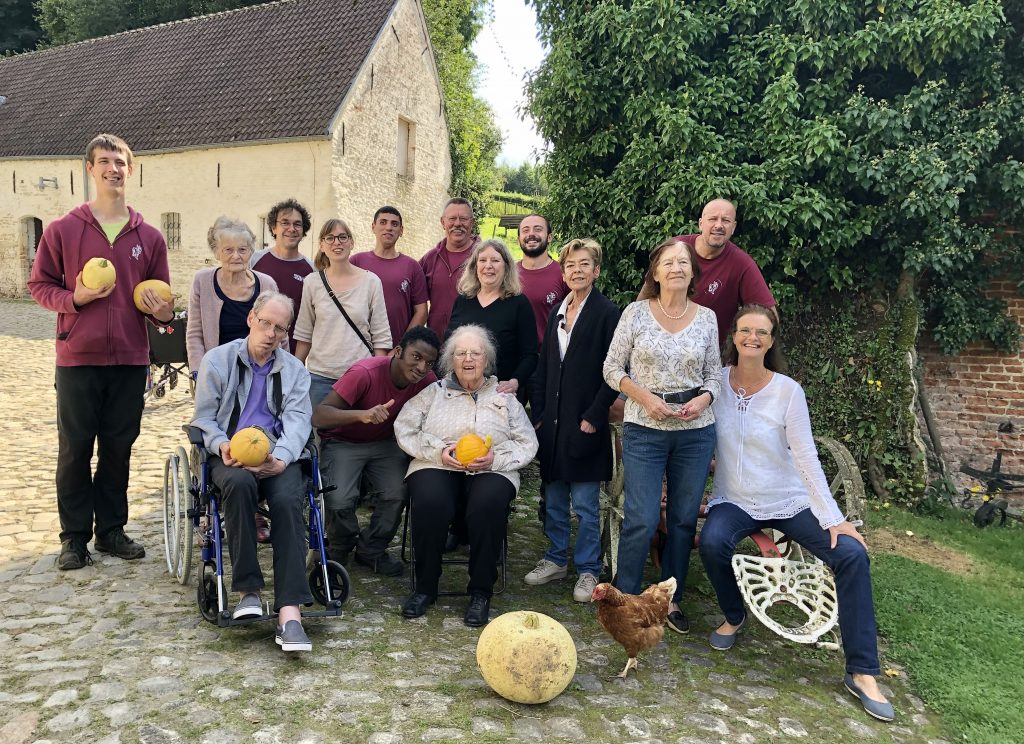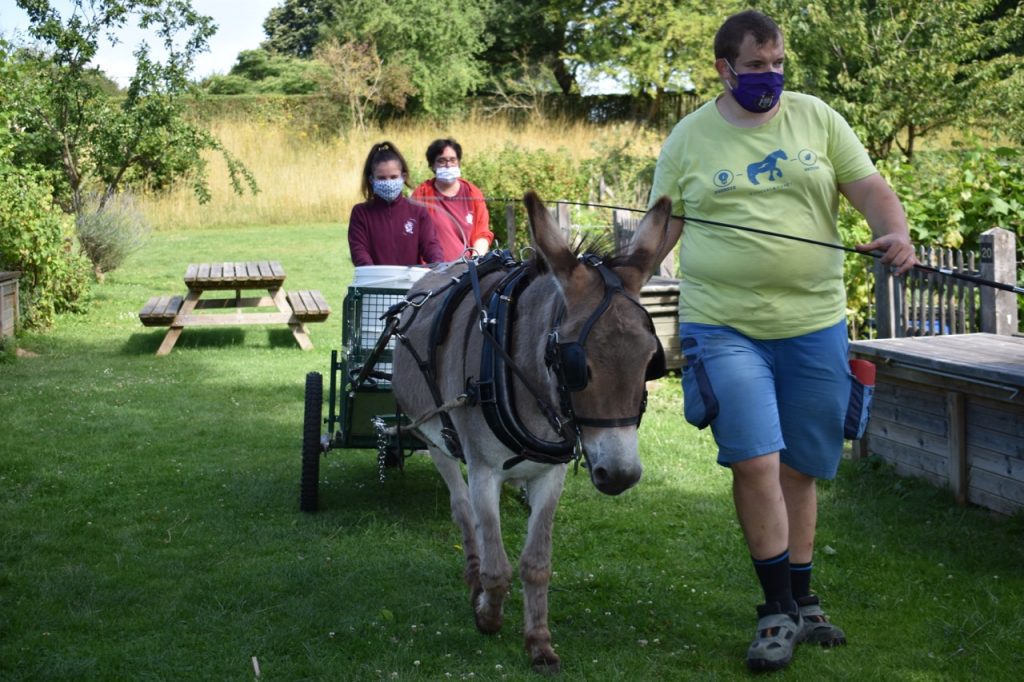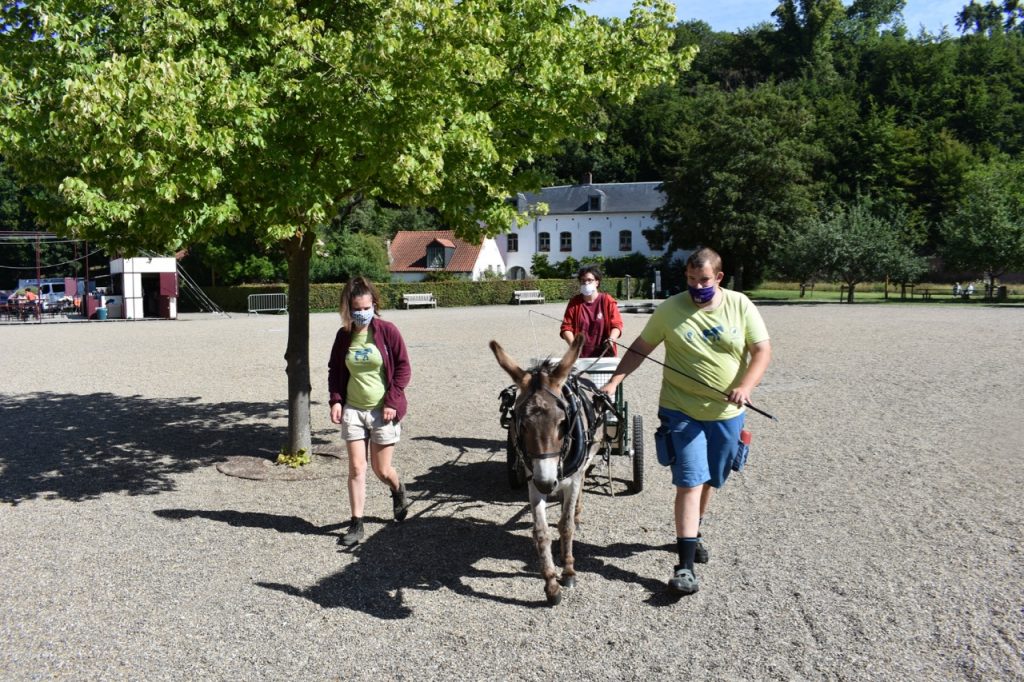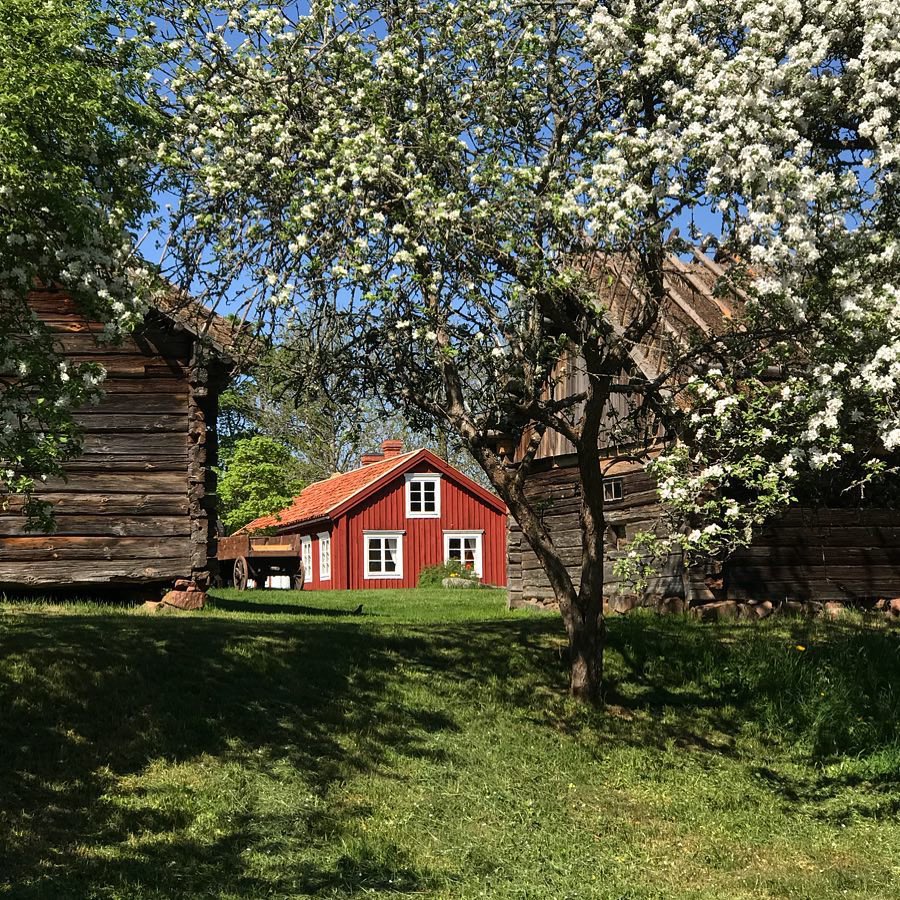
The largest irrigation pond in Japan was hand built in 704 A.D., Manno-Ike, in present day Kagawa Prefecture. Still in use it has been rebuilt many times. It regulates water from scarce rainfall, counters droughts, stops flooding, and makes large scale rice production possible. 



Kagawa has a peculiar climate: the southern mountain range blocks monsoon summer rains (when rains are most needed) and the fierce summer sun makes rice production nearly impossible. When rain falls, it rushes down the mountains, floods the plan and exits. Hence ponds were vital. 

In the 7th c. Kagawa was famously inhospitable with heat waves, droughts and floods. Manno-Ike was built under the Imperial Governor Michimori-Ason. Today, 14,600 large irrigation ponds (1 for every 65 persons) and 5,000-10,000 small ones, have been hand dug over the centuries. 



In 820 A.D. under Emperor Saga (786-842) the success and importance of the dam had been firmly established and it was decided to strengthen it even further. A work force of about 383,000 men were mobilized to finish the rebuild in less than one year. Our ancestors did great work.
• • •
Missing some Tweet in this thread? You can try to
force a refresh


































